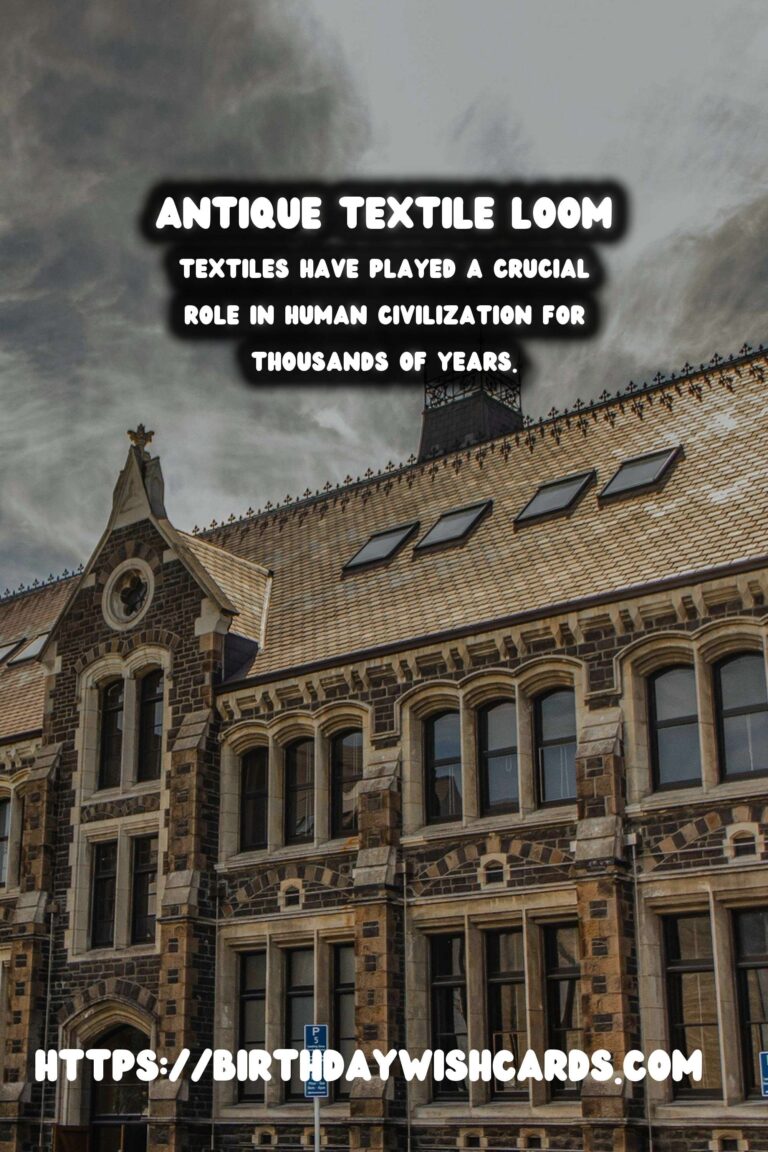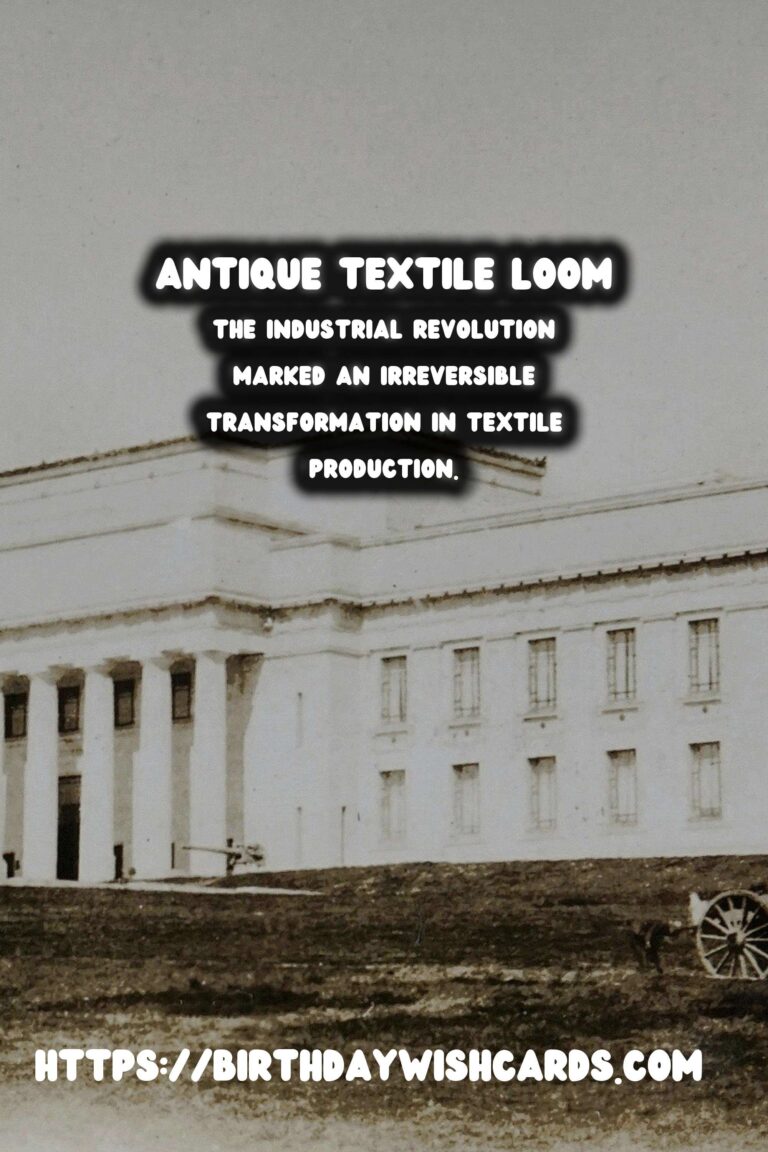
Textiles have played a crucial role in human civilization for thousands of years. The journey of textiles from ancient times to the industrial revolution is a fascinating story of innovation and cultural evolution. This article will delve into the history of textiles, exploring how they have shaped humanity.
Ancient Beginnings
The history of textiles begins over 34,000 years ago, with the earliest evidence of fibers found in prehistoric caves. These fibers, often spun into thread, mark the advent of textile production. Different cultures developed unique weaving techniques, significantly impacting their societies. Ancient Egypt, for example, was renowned for its production of linen, a tradition that can be traced back to 5000 BCE. The Egyptians used linen not only for clothing but also for mummification, demonstrating how textiles were intertwined with life and death.
The Middle Ages: Expansion and Trade
During the Middle Ages, textiles became a significant economic commodity. The Silk Road, a network of trade routes connecting the East and West, played a pivotal role in textile trade. Silk, a luxury good originating from China, was highly sought after in Europe. The demand for various fabrics led to the establishment of textile markets across Europe and Asia, fostering the exchange of not only goods but also culture and technology.
Renaissance and Early Modern Times
As the Renaissance ushered in an age of exploration and scientific discovery, the textile industry witnessed a revolution. Techniques improved dramatically, and the wool trade became the backbone of many European economies. Italian cities like Florence and Venice flourished as centers of textile production, thanks to their strategic locations and access to raw materials. The surge in demand for luxury fabrics like velvet and brocade propelled advancements in weaving technology.
The Industrial Revolution: Transforming Textiles
The Industrial Revolution, spanning from the late 18th to early 19th century, marked an irreversible transformation in textile production. The introduction of mechanized looms and spinning frames boosted efficiency and output considerably. Inventors such as John Kay, Samuel Crompton, and Richard Arkwright pioneered technologies that laid the foundation of the modern textile industry. Factories replaced home-based production, and textiles became more accessible to broader segments of society.
Conclusion
The evolution of textiles from ancient looms to industrial factories illustrates the dynamic intersection of technology, culture, and economy. Textiles are more than mere goods; they represent historical shifts and advancements. As we continue to develop new materials and processes, the legacy of textile history remains an integral part of understanding our shared human journey.
Textiles have played a crucial role in human civilization for thousands of years. The Industrial Revolution marked an irreversible transformation in textile production. 









#TextileHistory #IndustrialRevolution




